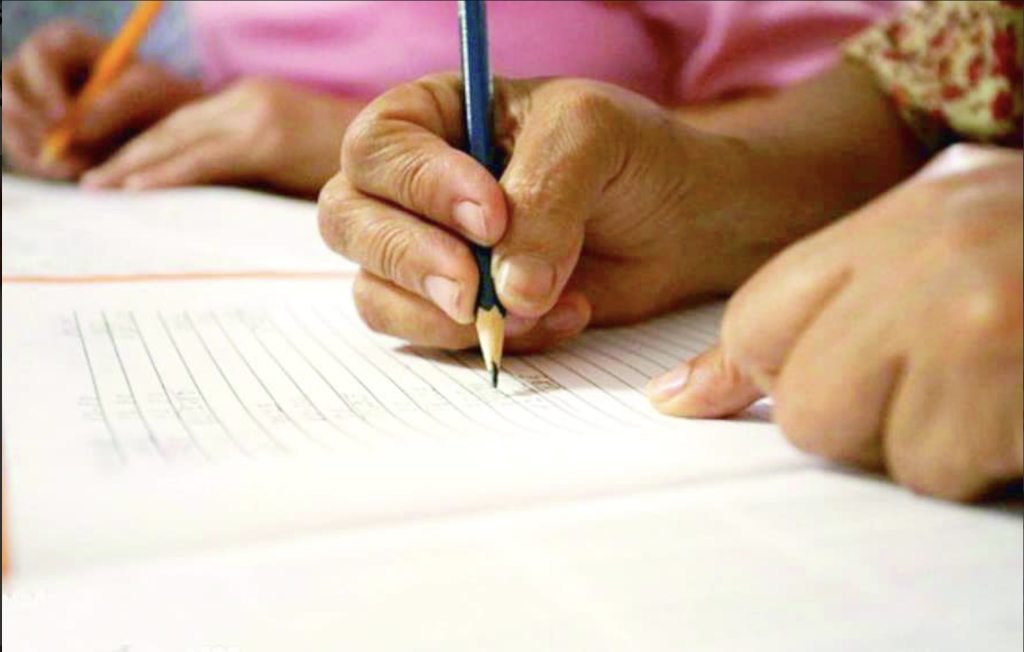
Looking for an exemplary case of wasteful spending in government? Look no further. The Abinader administration’s Propeep-managed literacy program will do.
On 28 April 2021, Minister Jose Leonel (Neney) Cabrera, in charge of Strategic Special Projects for the Presidency, had announced the relaunching of the National Learn to Read and Write Plan (Quisqueya Aprende Contigo). Yet, in a report in Diario Libre, newspaper reporters say that government statistics indicate Propeep has managed RD$1,845,598,307.68 for the program, but has little to show for the almost two billion spent. Government records show that in the past two years, only 6,622 persons have learned to read and write with the program. The breakdown is 4,368 in 2021 and 2,254 in 2022, making it one of the most expensive programs in the Abinader administration.
The newspaper says each person who learned to read and write cost taxpayers RD$278,707.
In 2021, Propeep had expected to teach 10,000 adults to read and write, falling short with 4,368 successes.
The report excuses the below par performance of the program on grounds that the country was still under the effects of the pandemic in 2021.
Nevertheless, the results in 2022, were also well below expectations. The Plan Quisqueya Aprende Contigo had an approved budget of RD$1.46 billion. But can only show 2,254 persons learned to read and write by September 2022.
The funds for the program come from the Ministry of Education.
A report from Propeep indicates that its most outstanding achievement this year is the agreement signed with the state university, UASD for the reduction of illiteracy in 2022. The agreement calls for spending RD$190 million to teach 43,000 people to read and write in the remainder of this year. The UASD is known as a bottomless barrel regarding use of taxpayer money.
Read more in Spanish:
Diario Libre
26 October 2022

